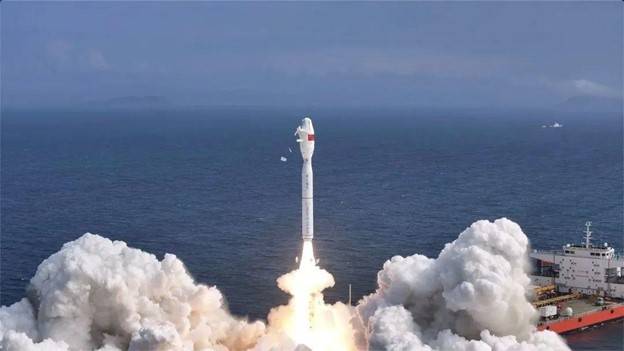In a groundbreaking achievement for both the aerospace and additive manufacturing industries, BLT (Beijing Longyuan Technology) has contributed to the creation of the largest 3D-printed structure currently orbiting Earth. This significant milestone not only showcases the potential of 3D printing in space applications but also marks a pivotal moment for the commercial aerospace industry as a whole.
Table of Contents
Project Background
The structure in question is part of the SmartSat-X1 satellite, an X-band Synthetic Aperture Radar (SAR) satellite independently developed by SmartSat Space. Designed with an integrated satellite-payload architecture, SmartSat-X1 represents a leap forward in satellite technology. On February 3, 2024, the satellite successfully reached its designated orbit, a critical milestone underscored by the successful deployment of its solar wings and 2D scanning radar phased array antennas. Establishing a sun-pointing attitude, the satellite’s post-launch operations have been seamless, indicating the success of the mission.
Significance of the 3D-Printed Structure
The phased array antenna panels, a vital component of SAR satellites, play a crucial role in meeting key technical requirements such as power density, signal direction, and waveform control. Traditionally, manufacturing these components involved complex and time-consuming processes, often leading to significant costs. However, with the advent of 3D printing, BLT has revolutionized the production of these panels.
The 3D-printed structure, known for its large spatial dimensions and thin skin, incorporates an innovative spatial grid design within the sandwich composed of the skin. This grid structure is meticulously distributed, with dense areas around the installation holes and sparser regions elsewhere. This strategic design ensures the strength of the components while simultaneously achieving weight reduction, a critical factor in space applications where every gram counts.
Precision and Performance
One of the most remarkable aspects of this 3D-printed structure is its precision. With an accuracy of ±0.5mm, the skin lattice structure exhibits exceptional rigidity, ensuring that it meets the demanding function and performance requirements of the satellite. The ability to achieve such precision through additive manufacturing not only highlights the advanced capabilities of BLT but also sets a new standard for the aerospace industry.
Conclusion
The successful integration of the largest 3D-printed structure into the SmartSat-X1 satellite underscores the transformative impact of additive manufacturing on the commercial aerospace industry. BLT’s innovative approach to satellite component production has not only reduced costs and manufacturing time but has also set the stage for future advancements in satellite design and deployment. As this technology continues to evolve, the sky is no longer the limit—it’s just the beginning.
About BLT

Xi’an Bright Laser Technologies Co., Ltd. (BLT), founded in July 2011, is a comprehensive solution provider for metal additive manufacturing based in China. On July 22, 2019, BLT was listed on the STAR Market with the stock code 688333.SH. As of December 31, 2023, the company has approximately 1720 employees, with R&D staff accounting for 30% of the total workforce. BLT places great emphasis on research and development, with investment in R&D amounting to approximately 15% of the operating income for three consecutive years.


